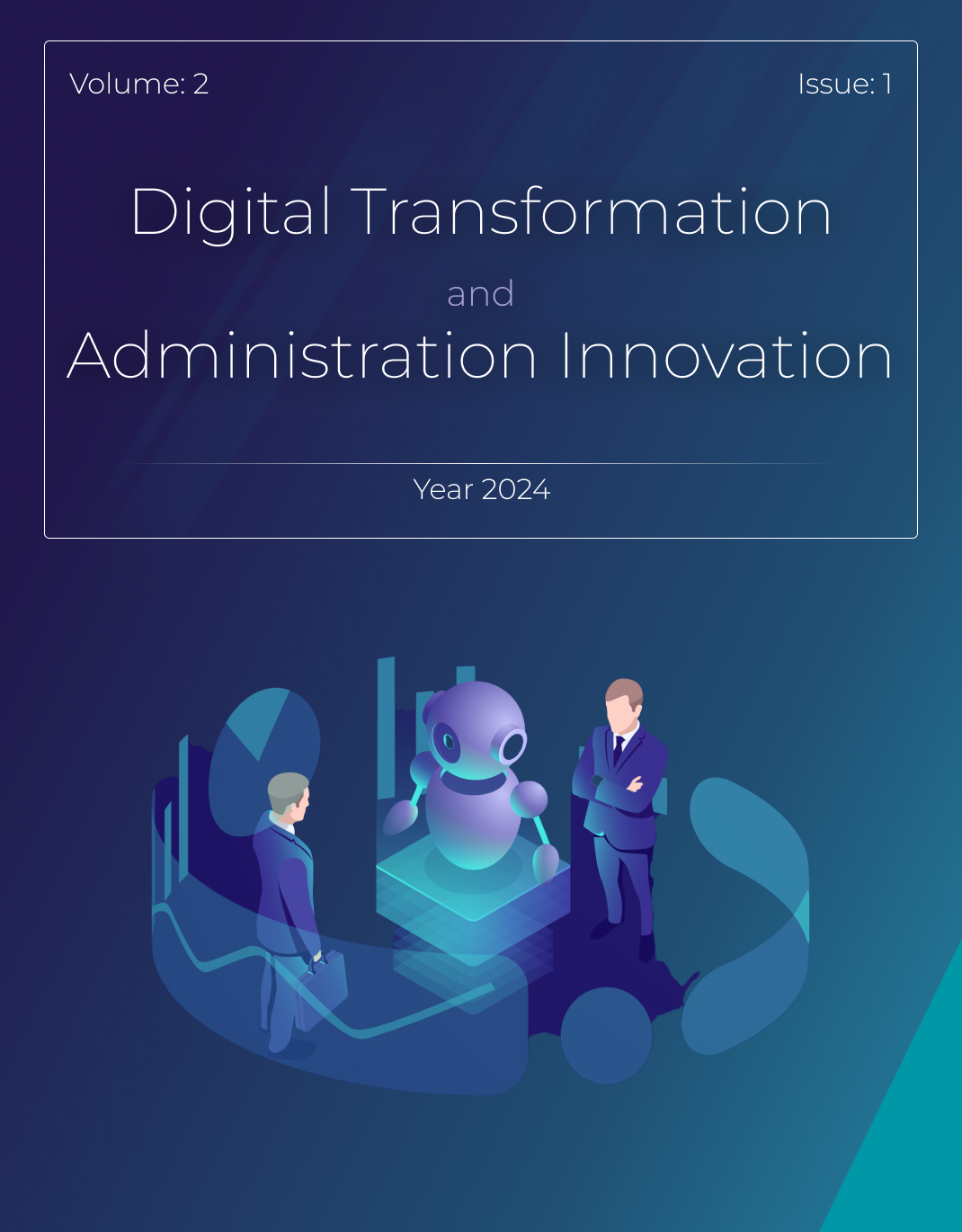Examining the Impact of Artificial Intelligence on Optimizing Customer Experience in Online Retail Stores
Abstract
The primary objective of this study was to analyze various dimensions of employing artificial intelligence (AI) to enhance customer experience in online retail stores and to identify the factors influencing its success. This research was conducted using a quantitative, descriptive-survey method, and the relationships among AI, service personalization, and customer experience in online retail were examined through structural equation modeling (PLS-SEM). A purposive sampling method was applied to a group of 400 individuals, and data were collected using a researcher-made questionnaire. The validity and reliability of the instrument were confirmed through statistical analyses, and data analysis was performed using SmartPLS 4 software. The mediating role of personalization was assessed using the bootstrap method, and model fit was evaluated using standard indices The key findings of this study demonstrated that the use of AI has a positive impact on both customer experience and service personalization. The effect of AI usage on customer experience was confirmed with a path coefficient of 0.31 and a significance level of 0.001, while its effect on service personalization was confirmed with a path coefficient of 0.54 and a significance level of 0.002. Furthermore, service personalization showed a positive and significant effect on customer experience. In examining mediation, it was found that service personalization plays a partial mediating role in the relationship between AI usage and customer experience. Model fit indices including SRMR, NFI, and GOF indicated a good fit and the model’s capacity to explain the relationships among the variables. The findings of this research revealed that the integration of AI in online retail stores significantly enhances customer experience. This technology, by strengthening service personalization, directly and indirectly influences customer satisfaction. Additionally, the structural equation modeling analysis confirmed that the proposed conceptual model fits well and effectively identifies the complex relationships among the variables.
Downloads
References
Cambria, E., Poria, S., Gelbukh, A., & Thelwall, M. (2022). Sentiment analysis is a big suitcase. IEEE Intelligent Systems, 37(1), 15-21. https://ieeexplore.ieee.org/abstract/document/8267597/
DeVries, W. T. (2003). Protecting privacy in the digital age. Berkeley Tech. LJ, 18, 283. https://heinonline.org/HOL/LandingPage?handle=hein.journals/berktech18&div=26&id=&page=
Dwivedi, Y. K. (2021). Artificial Intelligence (AI): Multidisciplinary perspectives on emerging challenges, opportunities, and agenda for research, practice and policy. International Journal of Information Management, 57, 101994. https://doi.org/10.1016/j.ijinfomgt.2019.08.002
Huang, M. H., & Rust, R. T. (2021). A strategic framework for artificial intelligence in marketing. Journal of the Academy of Marketing Science, 49, 30-50. https://doi.org/10.1007/s11747-020-00749-9
Huang, M. H., & Rust, R. T. (2023). Artificial Intelligence in Service. Journal of Service Research, 26(1), 3-20. https://journals.sagepub.com/doi/10.1177/1094670517752459
Jannach, D., Pu, P., Ricci, F., & Zanker, M. (2022). Recommender systems: Trends and frontiers. Ai Magazine, 43(2), 145-150. https://doi.org/10.1002/aaai.12050
Kumar, V., Dixit, A., Javalgi, R. G., & Dass, M. (2023). AI-driven personalization in marketing: A paradigm shift. Journal of Business Research, 155, 113376. https://www.sciencedirect.com/science/article/pii/S0268401224000318
Lemon, K. N., & Verhoef, P. C. (2016). Understanding customer experience throughout the customer journey. Journal of Marketing, 80(6), 69-96. https://doi.org/10.1509/jm.15.0420
Li, B., Li, G., Xu, J., Li, X., Liu, X., Wang, M., & Lv, J. (2023). A personalized recommendation framework based on MOOC system integrating deep learning and big data. Computers and Electrical Engineering, 106, 108571. https://doi.org/10.1016/j.compeleceng.2022.108571
Maglio, P. P., & Lim, C. (2019). Innovation and Smart Service Systems. Journal of Service Research, 22(1), 3-6. https://www.elgaronline.com/abstract/edcoll/9781786433442/9781786433442.00010.xml
Michael, C., Lareina, Y., Bryce, H., Alex, S., & Alexander, S. (2023). The state of AI in 2023: generative AI’s breakout year. https://library.naswa.org/doi/abs/10.5555/20.500.11941/5019
Parsakia, K., & Jafari, M. (2023). Strategies for Enhancing Customer Engagement Using Artificial Intelligence Technologies in Online Markets. Journal of Technology in Entrepreneurship and Strategic Management (JTESM), 2(1), 49-69. https://doi.org/10.61838/kman.jtesm.2.1.6
Rossmann, A., Zimmermann, A., & Hertweck, D. (2020). The impact of chatbots on customer service performance. In Advances in the human side of service engineering. Springer International Publishing. https://doi.org/10.1007/978-3-030-51057-2_33
Yang, S., Li, Q., Jang, D., & Kim, J. (2024). Deep learning mechanism and big data in hospitality and tourism: Developing personalized restaurant recommendation model to customer decision-making. International Journal of Hospitality Management, 121, 103803. https://doi.org/10.1016/j.ijhm.2024.103803
Zhang, L., Wang, S., & Liu, B. (2018). Deep learning for sentiment analysis: A survey. Wiley Interdisciplinary Reviews: Data Mining and Knowledge Discovery, 8(4), e1253. https://wires.onlinelibrary.wiley.com/doi/abs/10.1002/widm.1253?casa_token=CJNtu2ZBb98AAAAA:Gc19ymzienOCcucBHg0XjAnaN57680bbjZuAdUWnGfEMdZQXLsioV8ZMM75XC53L73iLS7ze_7E15jch







